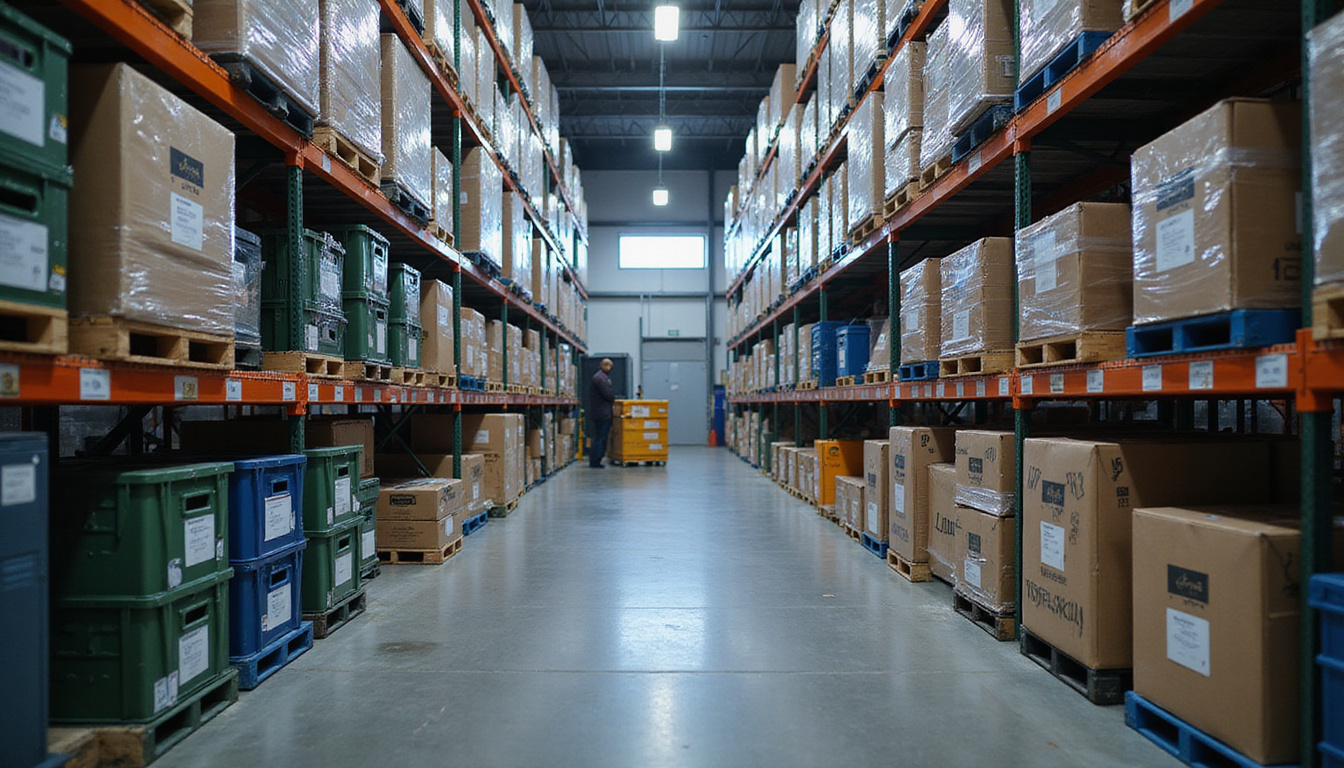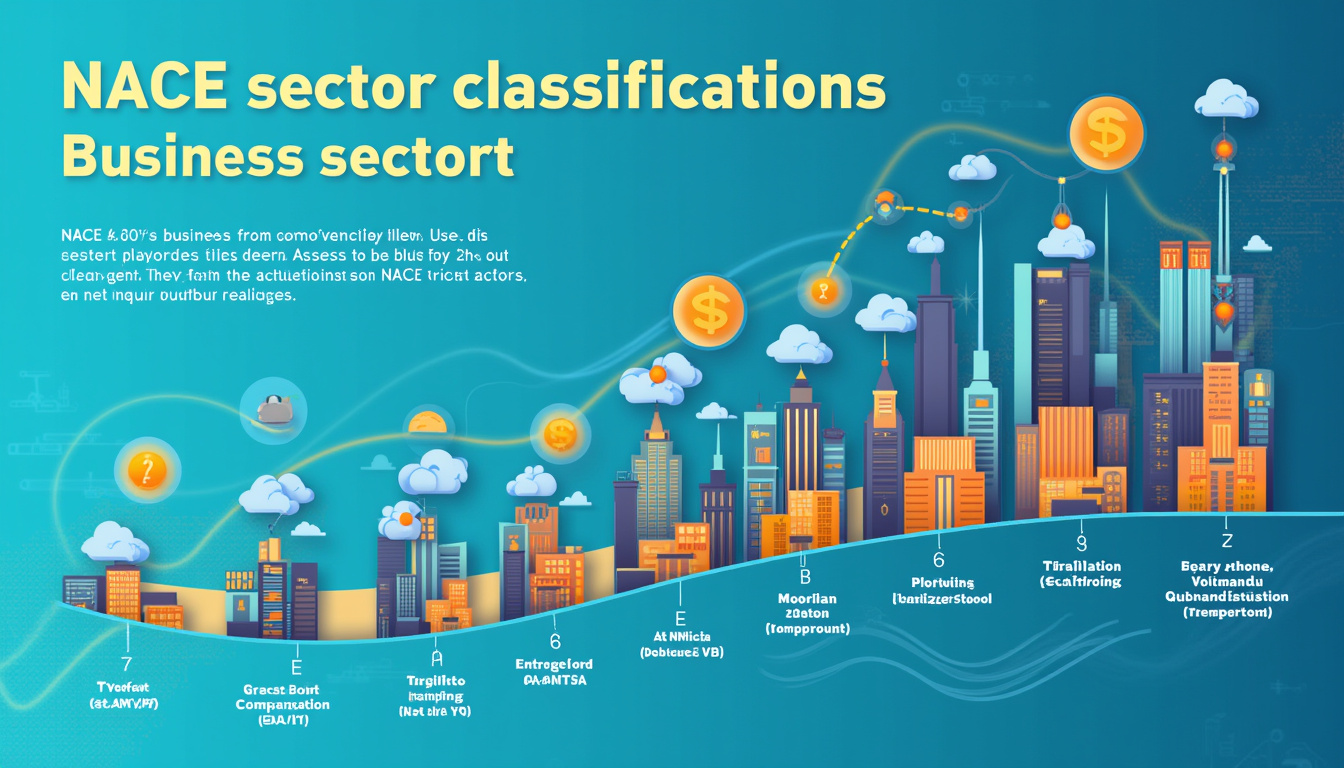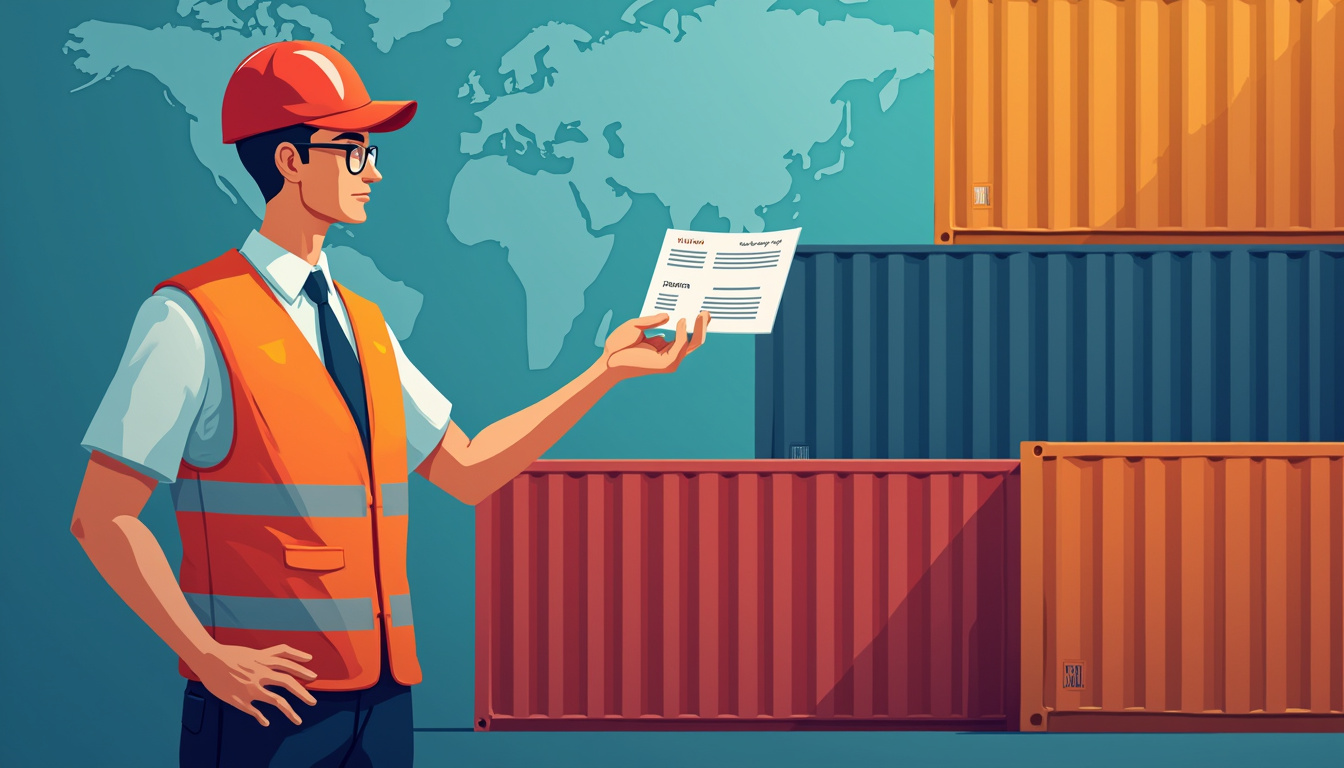Understanding the customs tariff is crucial for businesses, policymakers, and consumers involved in international trade. A customs tariff, often simply called a tariff, is a tax imposed on imported goods and services, influencing the flow of trade across borders. In this article, we will explore what customs tariffs are, how they impact global trade and prices, and the broader economic consequences. Additionally, we’ll touch upon practical tools like classifast.com that help classify products accurately for tariff purposes.
What Is a Customs Tariff?
A customs tariff is a levy placed by a government on products entering its borders. This tax can be levied as a percentage of the item’s value (ad valorem tariff) or as a fixed fee per unit (specific tariff). Customs tariffs serve several purposes:
- Protect domestic industries from foreign competition by making imported goods more expensive.
- Generate government revenue.
- Regulate trade policies and negotiate trade agreements.
When a product crosses an international border, customs officials assess and apply the tariff according to classification codes that categorize goods based on internationally recognized standards such as UNSPSC, HS codes, or NAICS. Tools like classifast.com provide instant classification and accurate code matching, ensuring businesses comply with regulations and pay the correct tariffs.
How Customs Tariffs Affect Global Trade
Customs tariffs directly influence trade dynamics by altering the relative cost of goods. Here are several ways tariffs shape global trade:
1. Trade Barriers and Market Access
Tariffs act as trade barriers by increasing the cost of imported products, making them less competitive compared to domestic goods. Countries impose tariffs to shield local industries, but this can reduce foreign market access and trigger retaliatory tariffs from trade partners. This tit-for-tat can escalate into trade wars, limiting exports and imports.
2. Supply Chain Disruptions
In today’s interconnected economy, many products are manufactured across borders. Rising customs tariffs increase costs within global supply chains, which may prompt companies to rethink their sourcing strategies or relocate production. This can disrupt established trade flows and increase overall business expenses.
3. Trade Diversion
Higher tariffs in one country might divert trade to nations with lower or no tariffs. For example, if Country A imposes high tariffs on steel from Country B, buyers may switch to suppliers in Country C. This can distort traditional trade patterns and impact economic relationships.
The Impact of Customs Tariffs on Prices
Customs tariffs typically raise the final price of imported goods, affecting various stakeholders:
- Consumers end up paying more for foreign products. For example, a tariff on imported electronics may increase retail prices substantially.
- Businesses sourcing components internationally might face increased production costs, potentially passing these costs to consumers or absorbing them to stay competitive.
- Exporters might also suffer, as tariff retaliation raises costs for their goods in foreign markets.
However, tariffs can also create price advantages for domestic producers by reducing competitive pressure from imports.
Common Types of Customs Tariffs
To fully understand customs tariffs, it’s helpful to know their main types:
- Ad Valorem Tariffs: A percentage of the product’s declared value (e.g., 10% of the price).
- Specific Tariffs: A fixed charge per unit regardless of value (e.g., $5 per ton).
- Compound Tariffs: A combination of ad valorem and specific tariffs.
- Seasonal Tariffs: Applied during certain times of the year to protect domestic producers in seasonal industries.
Classifying products correctly and applying the appropriate tariff requires precision. This is where a resource like classifast.com becomes invaluable for businesses needing quick and accurate classification by internationally recognized standards like HS codes.

Real-World Examples of Customs Tariff Effects
- U.S.-China trade tensions: The 2018-2019 tariff increase on hundreds of billions of dollars of goods caused substantial market disruptions worldwide, shifting supply chains and raising consumer prices in both countries and globally (source: USTR).
- Agricultural tariffs during the EU’s Common Agricultural Policy affect prices and trade flows of food products, ensuring food security but also altering global competition.
How Governments Use Customs Tariffs Strategically
Governments do not impose customs tariffs arbitrarily. They use tariffs to:
- Stimulate local production in strategic sectors.
- Protect emerging industries until they become competitive.
- Address trade imbalances and unfair trade practices.
- Influence foreign policy objectives.
Steps to Managing Customs Tariffs For Businesses
Effective management of customs tariffs is key for importers and exporters. Here is a recommended approach:
- Classify goods accurately: Utilize classification tools such as classifast.com to identify the correct tariff codes.
- Stay informed on tariff changes: Tariff schedules can change due to trade agreements or geopolitical shifts.
- Explore trade agreements: Leverage free trade agreements that reduce or eliminate tariffs on eligible goods.
- Consider tariff engineering: Modify product design or sourcing to qualify for lower tariff rates.
- Account for tariffs in pricing strategies: Incorporate customs duties into cost structure and pricing models.
FAQs About Customs Tariffs
Q1: What’s the difference between a customs tariff and a tax?
While all tariffs are taxes on imports, not all taxes are tariffs. Customs tariffs specifically apply to goods crossing international borders, while taxes can be broader, including income or sales taxes.
Q2: How do customs tariffs affect global prices?
Tariffs increase the cost of imported goods, which usually leads to higher consumer prices and shifts in supply chains, influencing global price trends.
Q3: How can businesses find the right tariff codes for their products?
Businesses can use classification services like classifast.com to quickly and accurately identify customs tariff codes based on product descriptions.
Conclusion: Why Understanding Customs Tariffs Matters
Customs tariffs play a pivotal role in shaping international trade and pricing. From protecting industries to triggering global supply chain shifts, tariffs influence everything from your shopping cart to national economies. Navigating these complexities effectively can provide competitive advantages and minimize costs. Leveraging tools like classifast.com offers businesses a reliable way to ensure compliance and savvy tariff management.
Whether you are an importer, exporter, or policy analyst, deepening your understanding of customs tariffs equips you to make informed decisions in the global marketplace. Stay informed, classify products properly, and adapt strategies to control costs and seize new trade opportunities. Start today by exploring the instant classification services at classifast.com and ensure your business remains competitive and compliant worldwide.


















